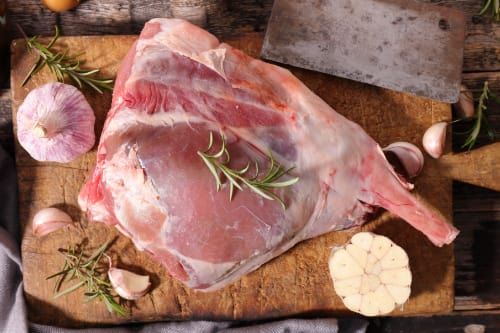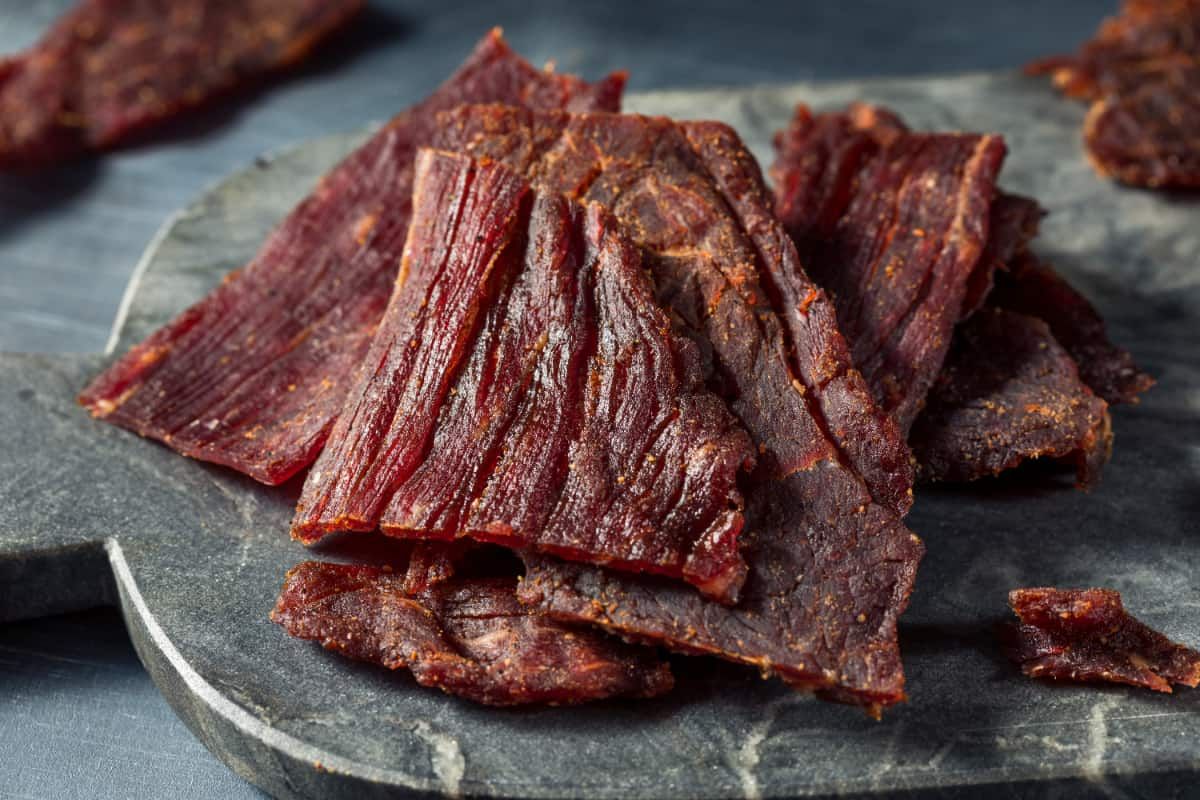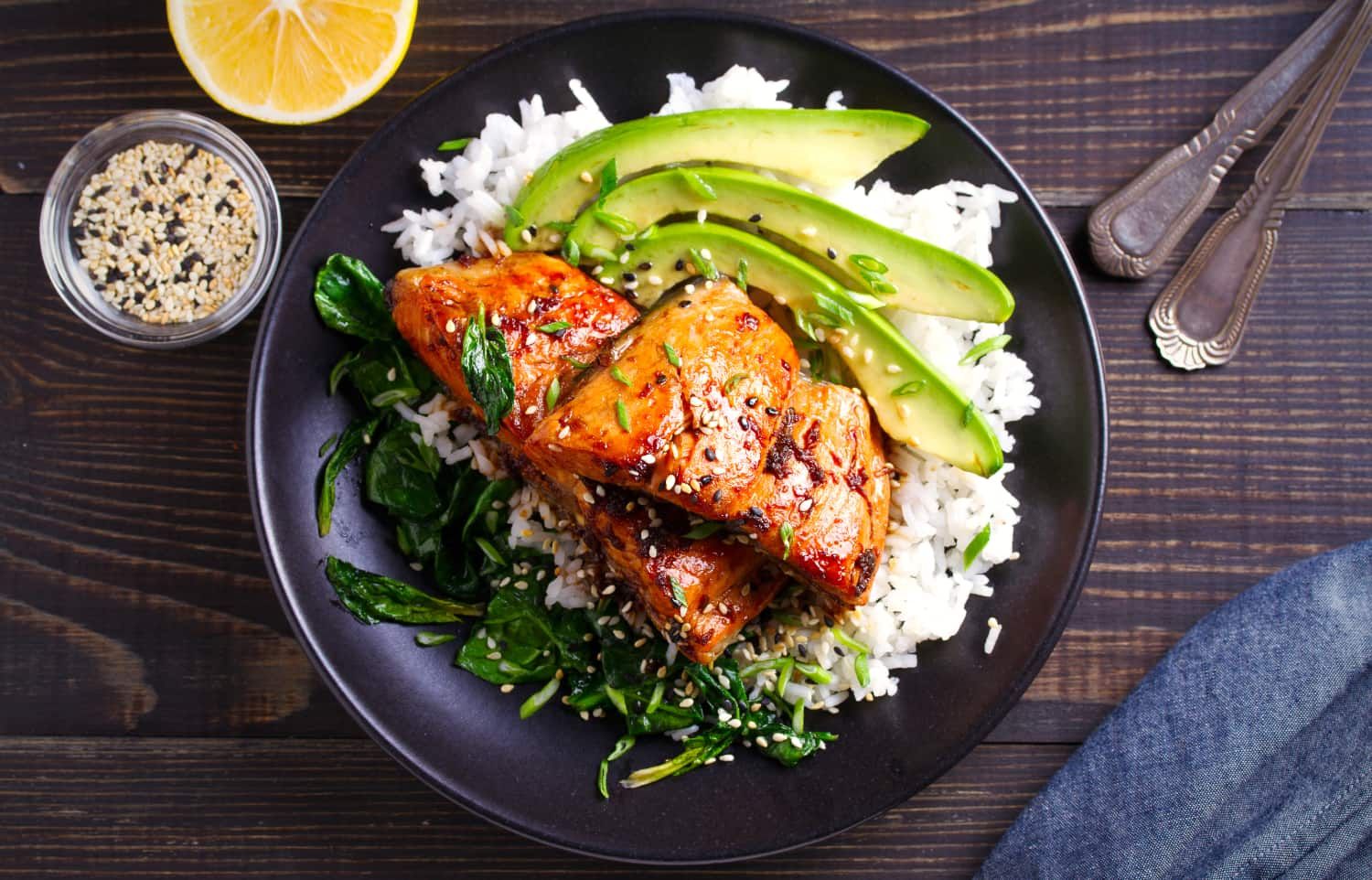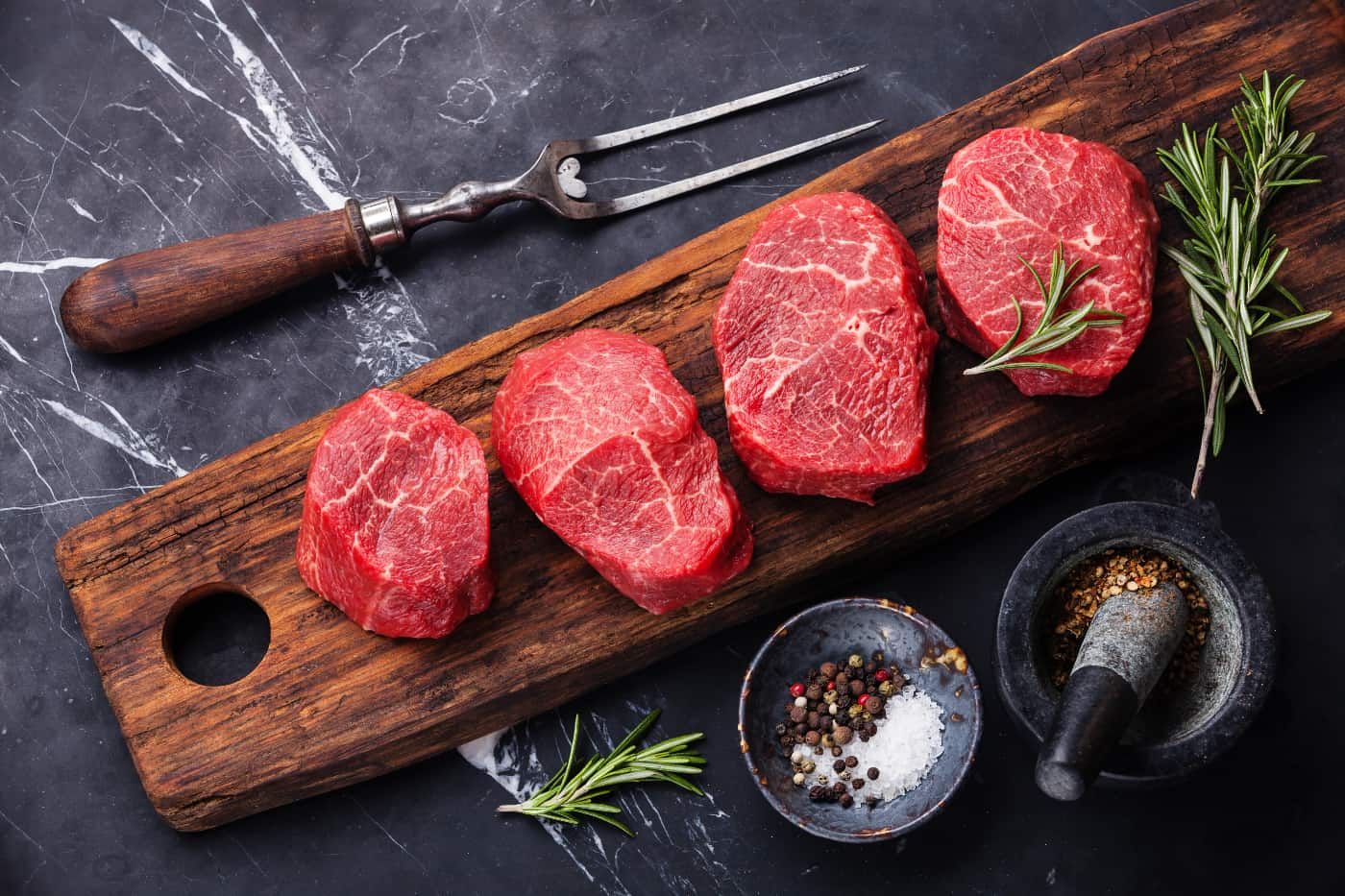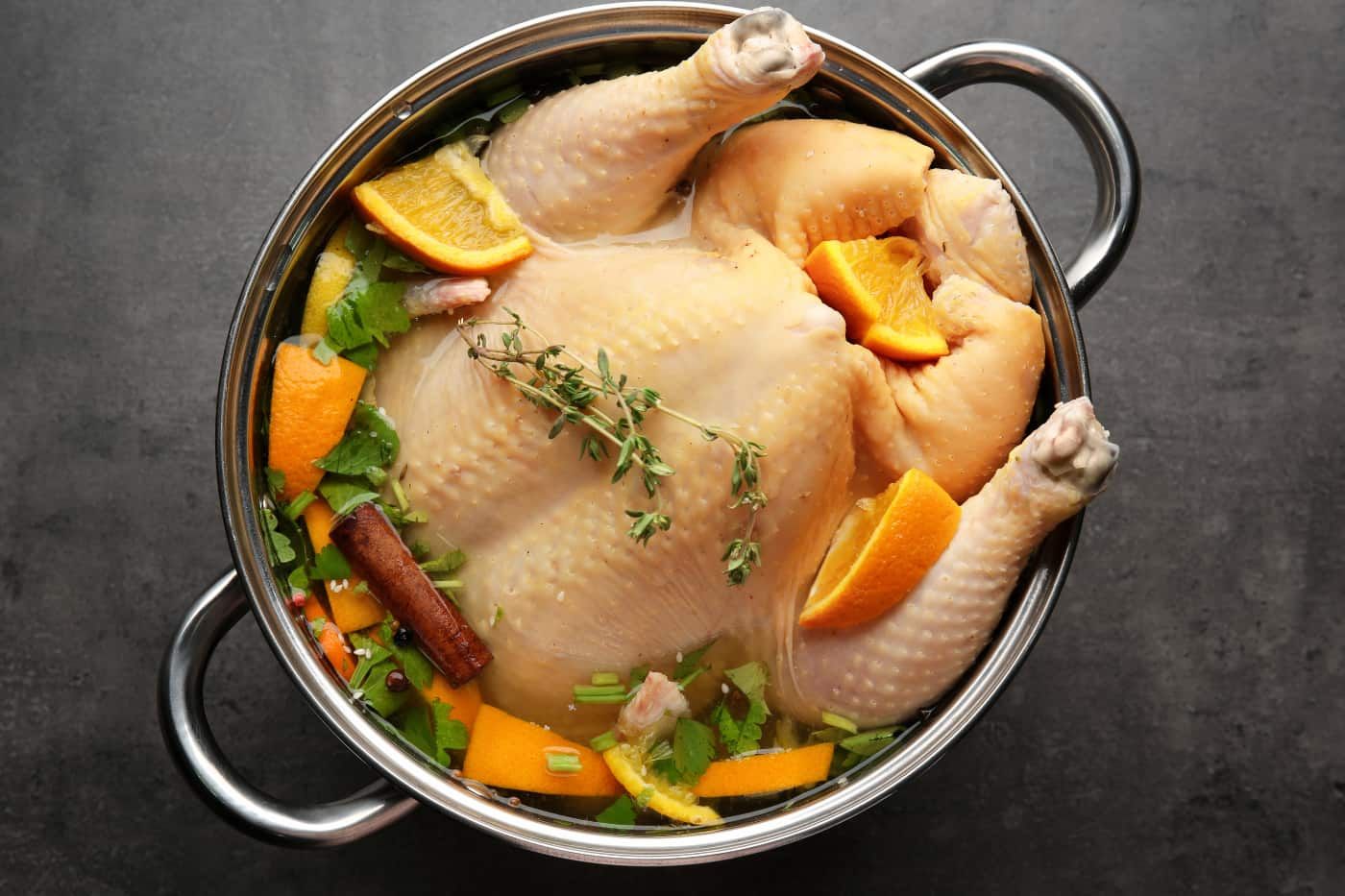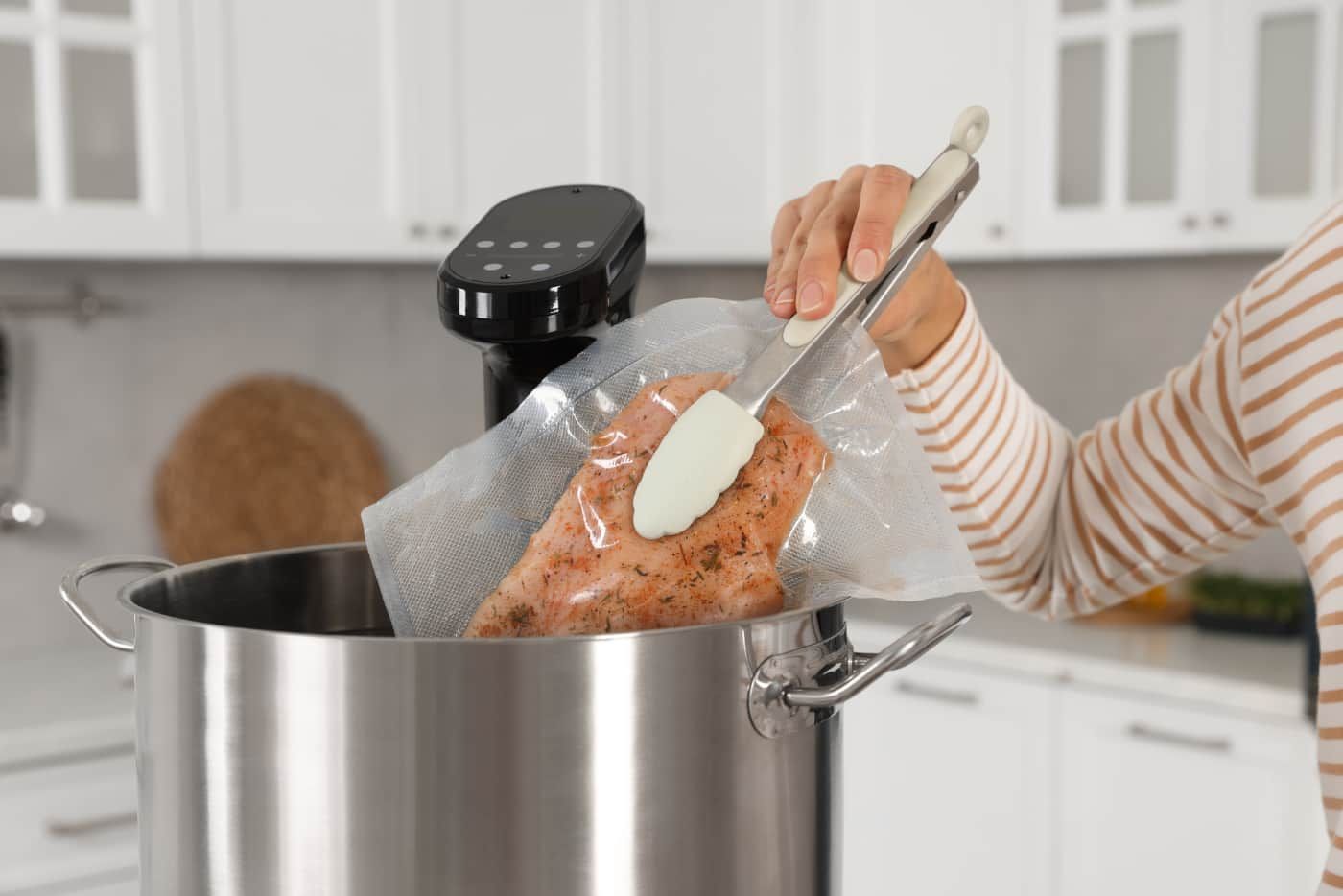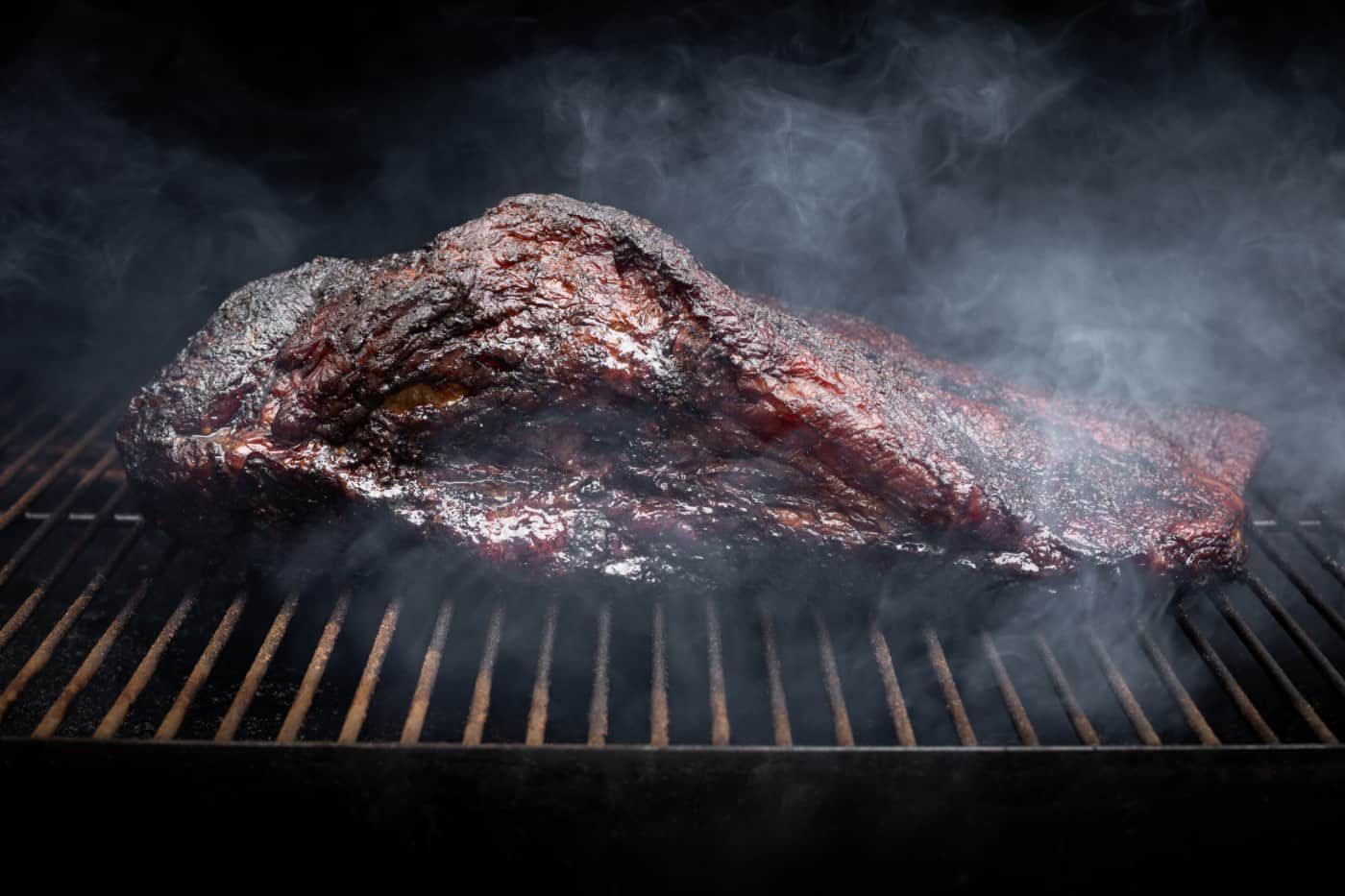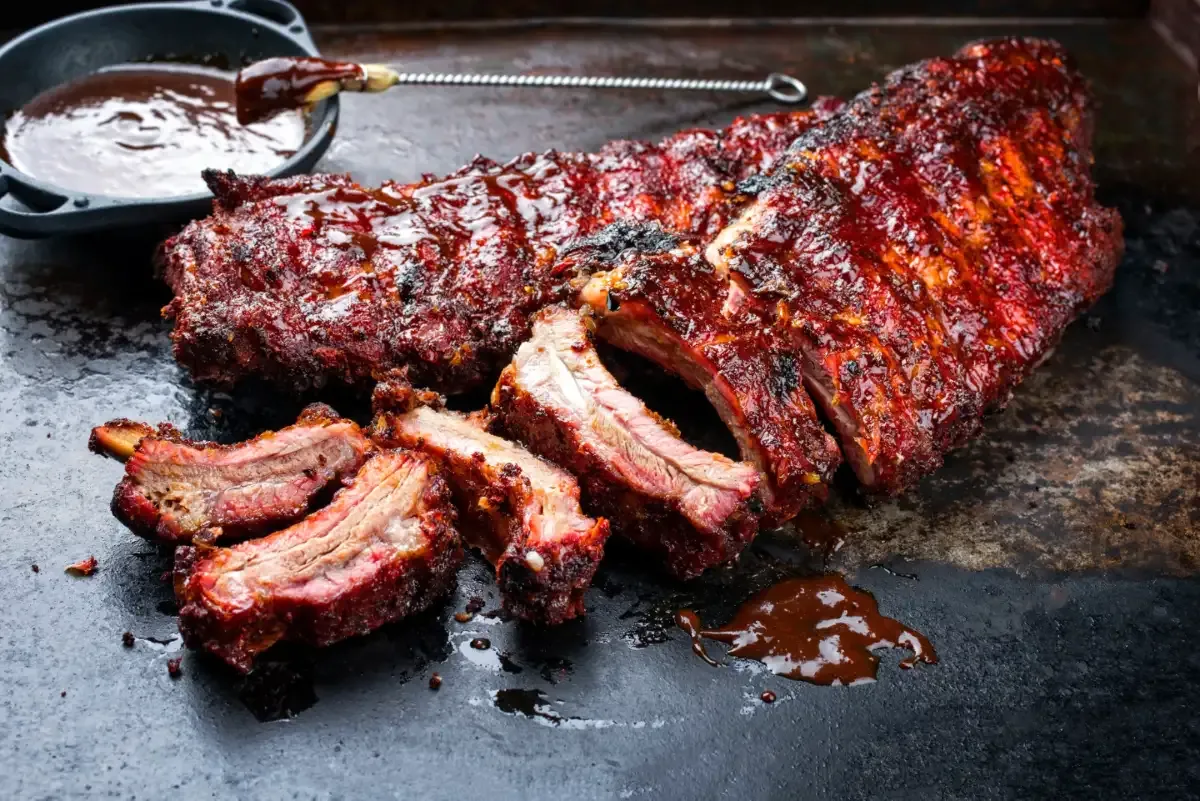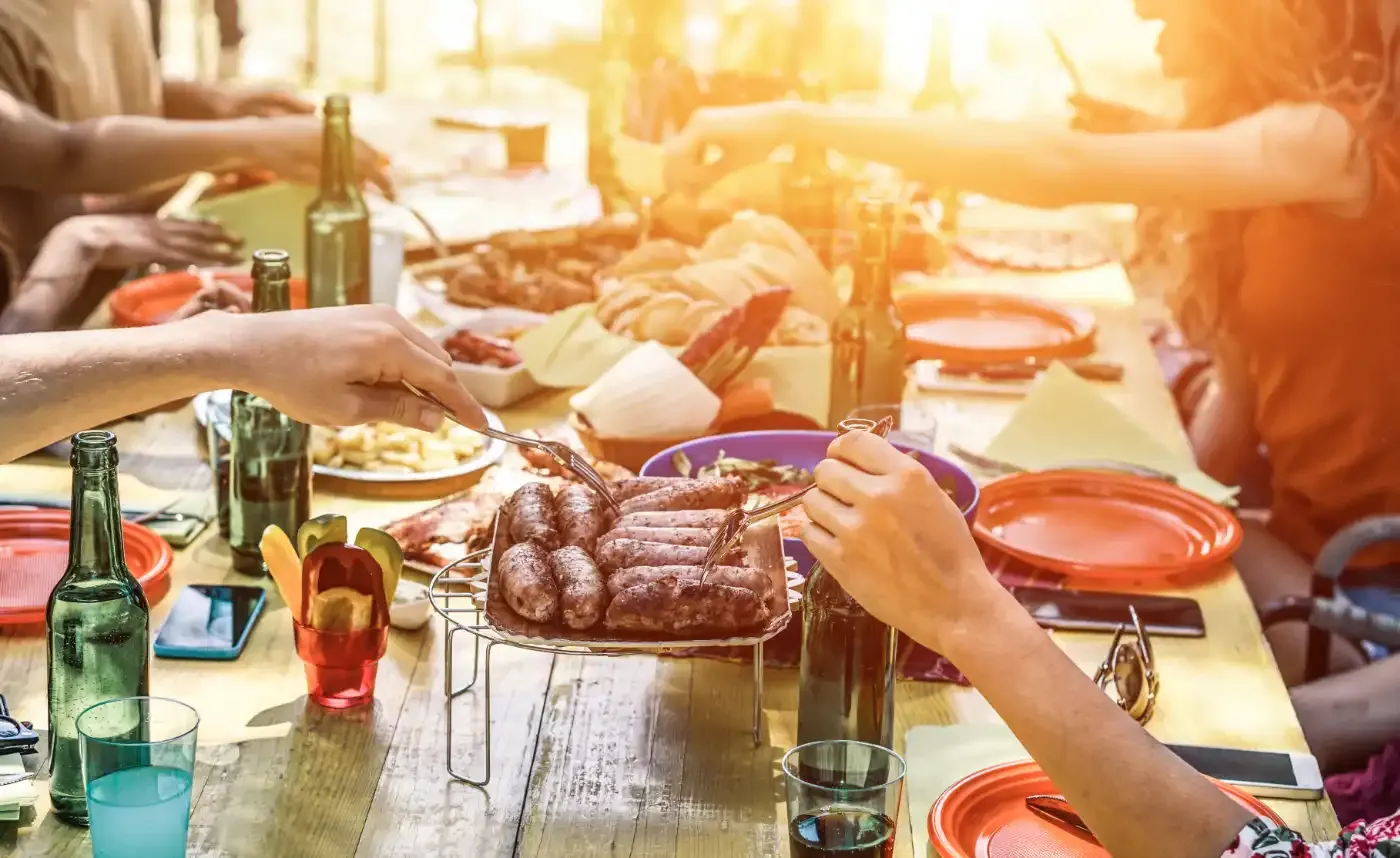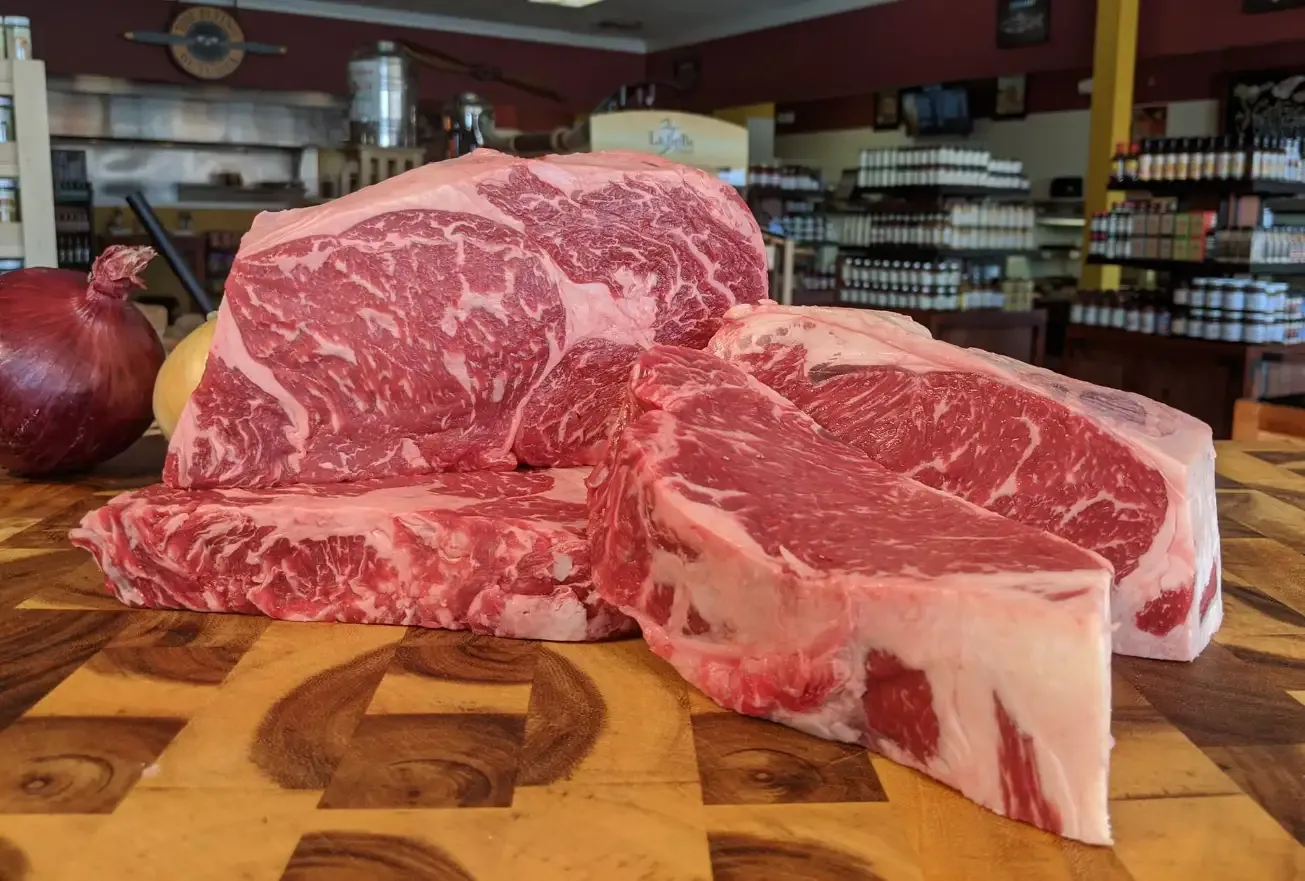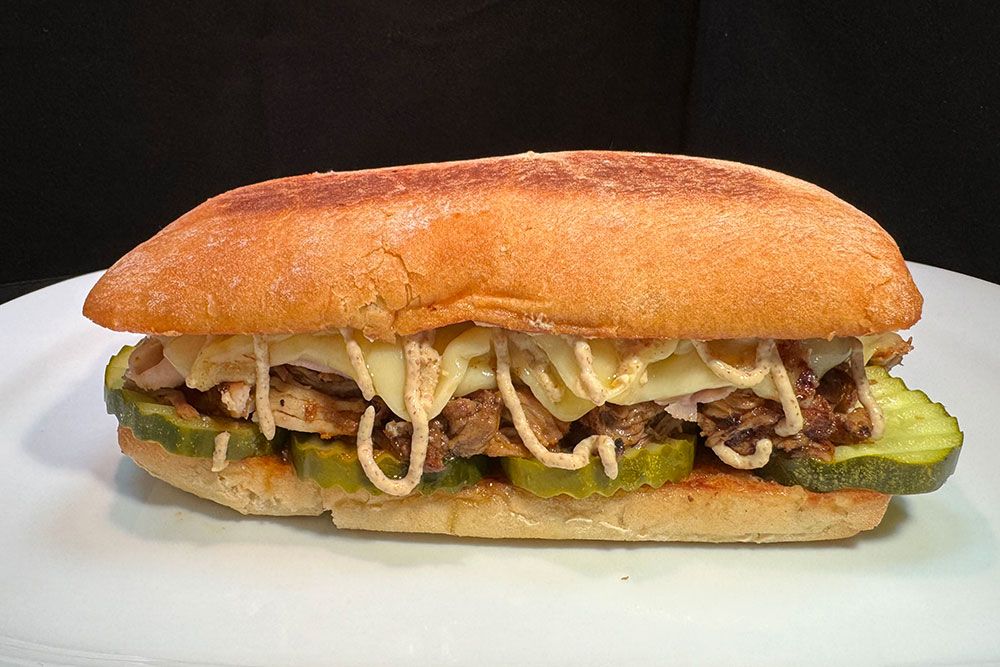Tips & Tricks
The Science of Meat: Understanding Maillard Reaction for Better Grilling and Roasting
Discover the science behind the transformation of flavor on a steak and how to perfect your roasting and grilling with your newfound knowledge.
If you don’t think making a perfect steak is an art, then we are going to have some serious beef! Just kidding. But you have to admit; it is a delicate process, one that is comprised of several sub-processes. One such fundamental process is the Maillard reaction. If this is your first time hearing the word, don’t worry; by the end of this blog, you will be all too familiar with the process.
But just to give you a heads-up, it’s the reaction that is responsible for forming that scrumptious crust on the steak. It amplifies the flavor and aroma of the cooked meat and gives it its characteristic brown color. Simple right? Let’s understand the science behind it so you can master the Maillard reaction and enhance your culinary skills.
What is Maillard's Reaction?
There once was a French chemist named Louis-Camille Maillard who must have loved his meat so much that he was blessed by meat heaven to have this process named after him. He described the process as a “non-enzymatic” browning which happens when amino acids and sugars are subjected to heat above 140°F or 60°C. This results in the creation of new molecules that have the signature rich flavor and savory aroma of cooked meat. And yes, the reaction is also responsible for forming that crispy and caramelized crust that makes a steak better than any other meat.
A Little Bit of Science
It is what it is, people, and if you want to learn to master the Maillard reaction, you better learn the science behind it as well. Where were we? Oh yes…
As we said, the Maillard reaction is a chemical reaction and a complex one at that. As the meat is heated, the amino acids react with the reducing sugars that are present in the meat, and it creates numerous new compounds such as Pyrazines, Furans, and Thiophenes. These are the unsung heroes that give meat its juicy flavor and that sweet, sweet aroma that makes our mouths water. And in case someone was wondering, the sugars we referred to earlier are glucose and fructose, which are present in the meat and may also be present in the marinades used.
As the reaction progresses, the meat slowly undergoes a scrumptious transformation and changes its color. The pale color of meat gives way to a beautiful golden-brown hue with time, which keeps getting darker over time. This can be controlled by factors like cooking temperature and the duration of cooking.
Speaking of Temperature and Time…
If you want to perfect the art of Maillard reaction, you must master the fundamental that drives the reaction; time and temperature. Let’s start with temperature. As previously stated, the Maillard reaction starts over 140°F or 60°C. As you increase the temperature, it becomes more pronounced. But cook at a temperature too high, and your meat will burn, especially the crust, which will become bitter and charred.
The same goes for timing; if you cook for too long, the reaction will prolong, and the meat will get burnt. So it is vital to have an understanding of your cooking equipment and always be vigilant when you have a steak on the grill. Whether you are grilling or roasting, it’s a matter of measuring the time and temperature to get a perfectly cooked piece of meat.
Make the Most of It!
While Maillard's reaction is doing all the hard work, you can play your part to further enhance the flavor of your meat. Here are two pro tips to bring out the best flavor from your meat:
- Use a dry rub or marinade that contains amino acids and sugars. This will amplify the reaction and act as a catalyst for the flavor.
- Cook your meat at a low temperature until cooked to your preference, then briefly introduce it to high heat just before finishing. This will start the Maillard reaction and give your meat the signature steak crust.
Maillard Reaction is Not Limited to Meat
That’s right! The Maillard reaction can also happen in plant-based alternatives and other substances that contain sugar. This can give a somewhat similar flavor to the said foods, which has introduced a wide variety of flavours and textures to the culinary world. Simply put, any sort of browning in food is a Maillard reaction.
The Maillard reaction has enabled chefs to experiment with food and brought about new kinds of flavours. It is a cornerstone of culinary science that holds the potential to enhance the flavour and aroma of meat, whether grilled or roasted. It’s simply a matter of grasping the fundamentals and measuring the factors that drive Maillard's reaction. So go right ahead and experiment a little. At The Flying Butcher, we encourage our valued customers to try new things. Simply tell us your favourite cut, and we will get you the perfect piece to try Maillard's reaction on. After all, it’s in the good name of science… and meat!

